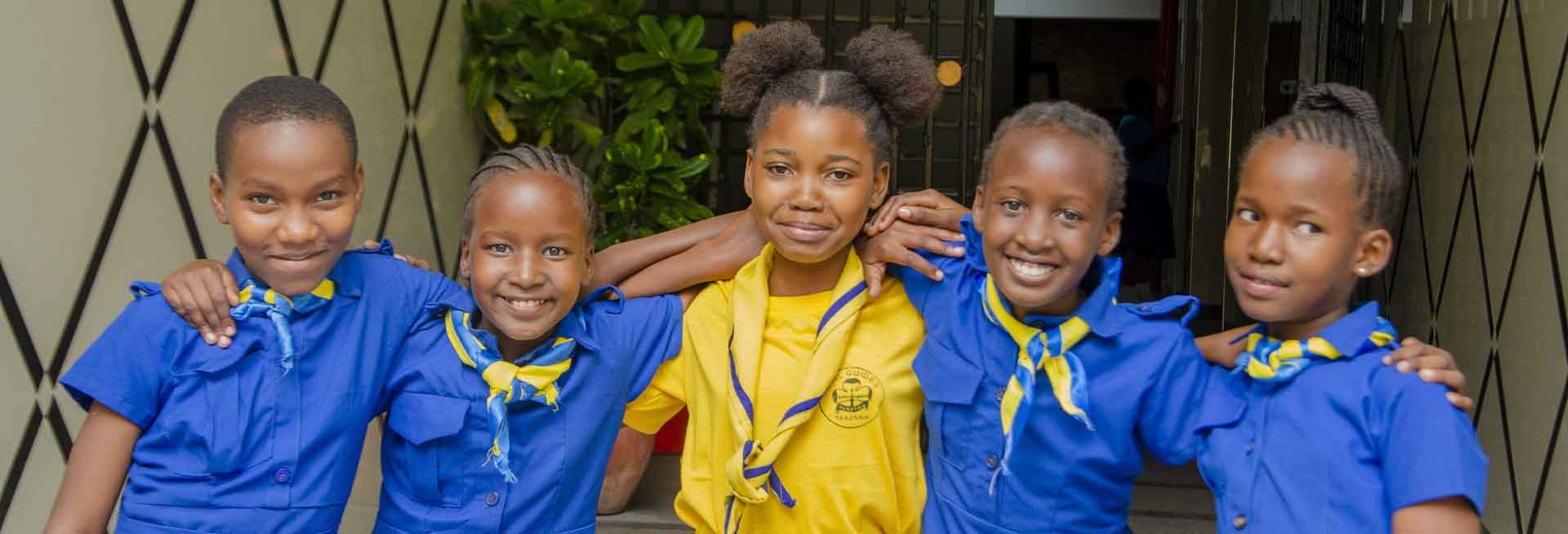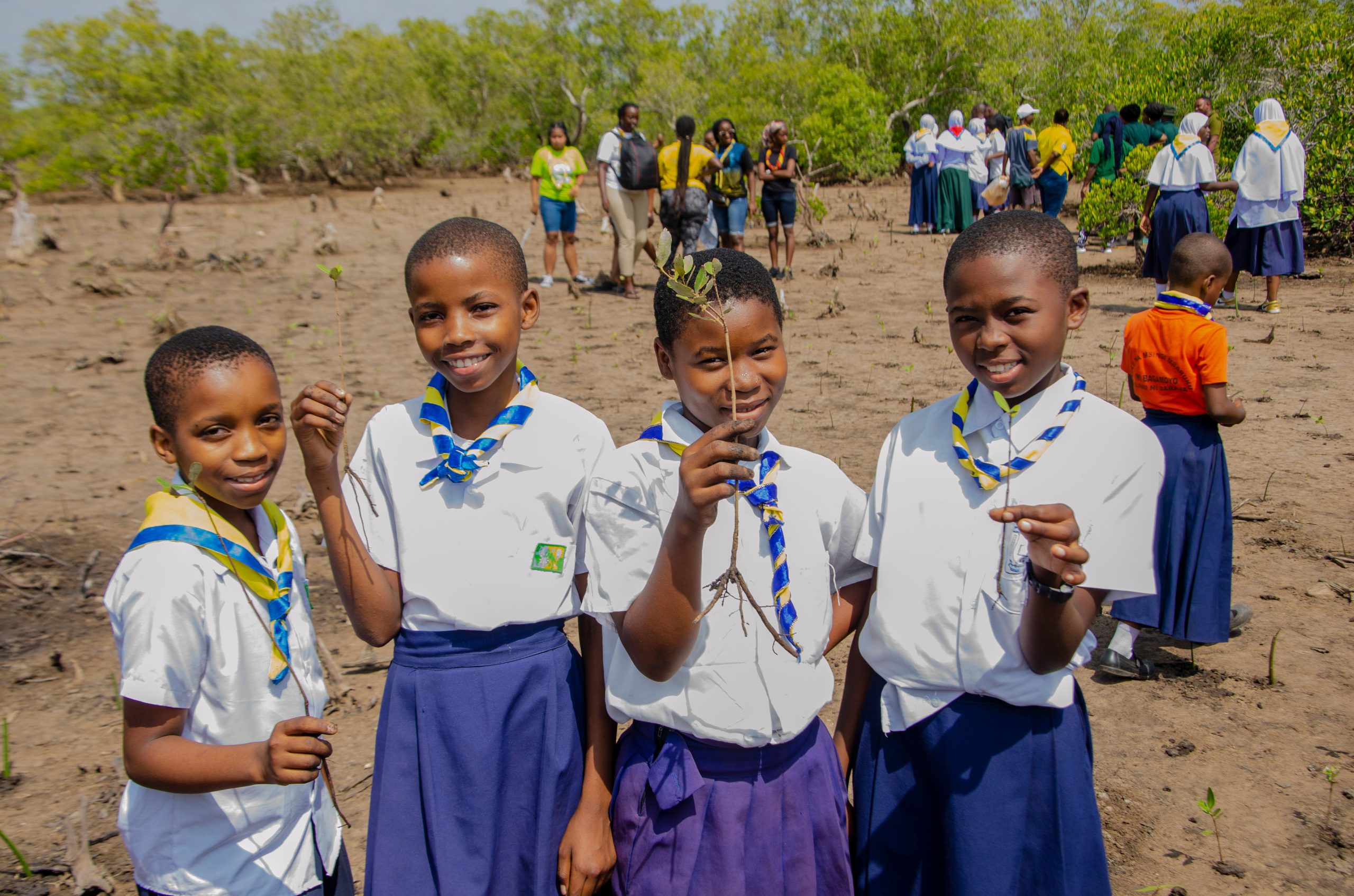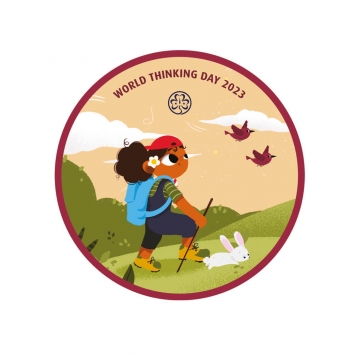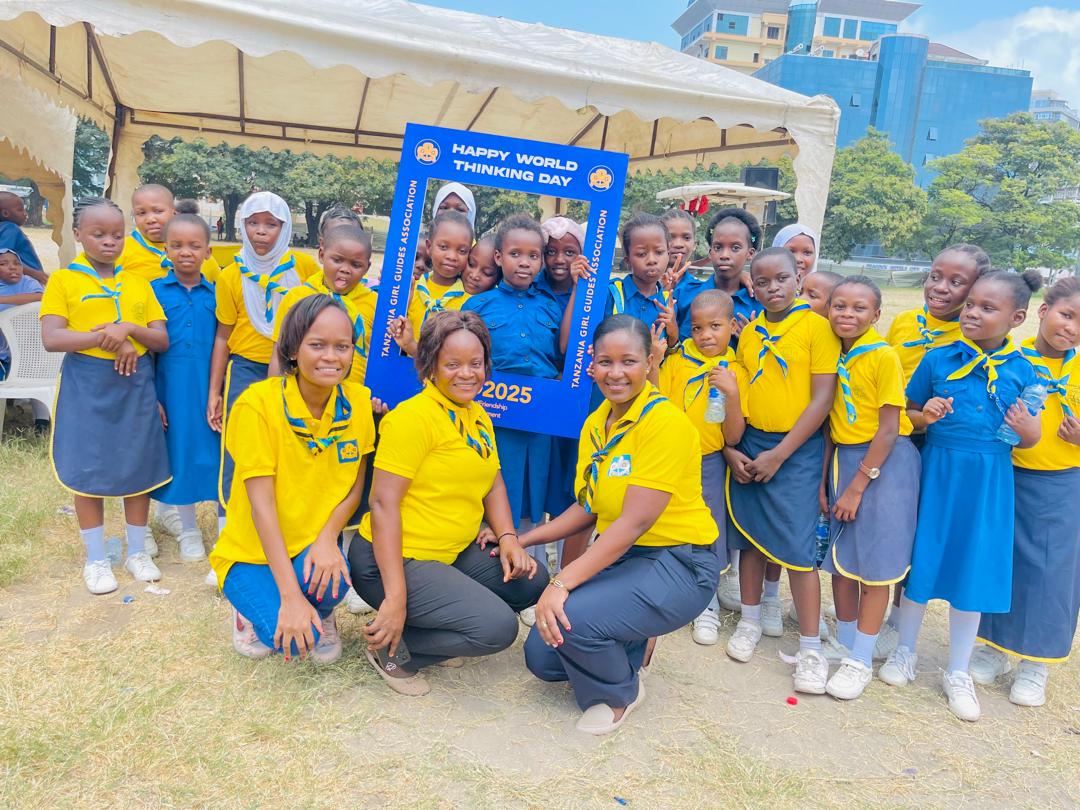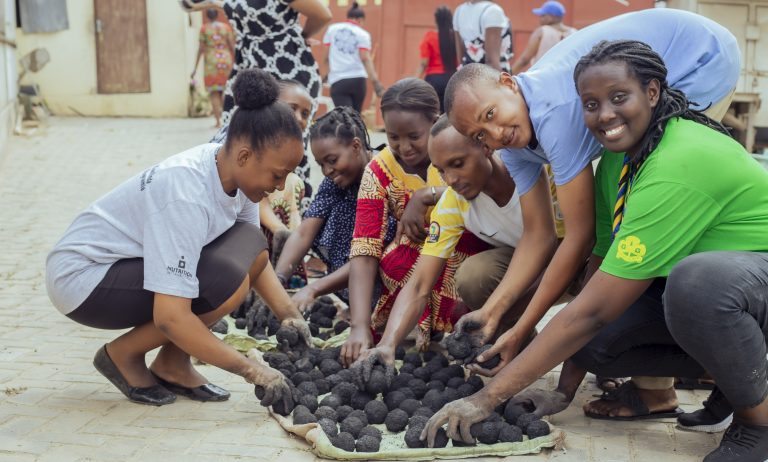Statistics show that Girls and young women (G&YW) in sub-Saharan Africa are severely and disproportionately affected by climate change due to inequalities in rights and power, and a culture that undervalues girls & women. Women and girls are disproportionately affected by climate change, but are largely, and wrongly excluded from the discourse around climate change adaptation and mitigation. The project aims to empower girls and young women to take action, speak out, and do whatever they can to tackle climate change.
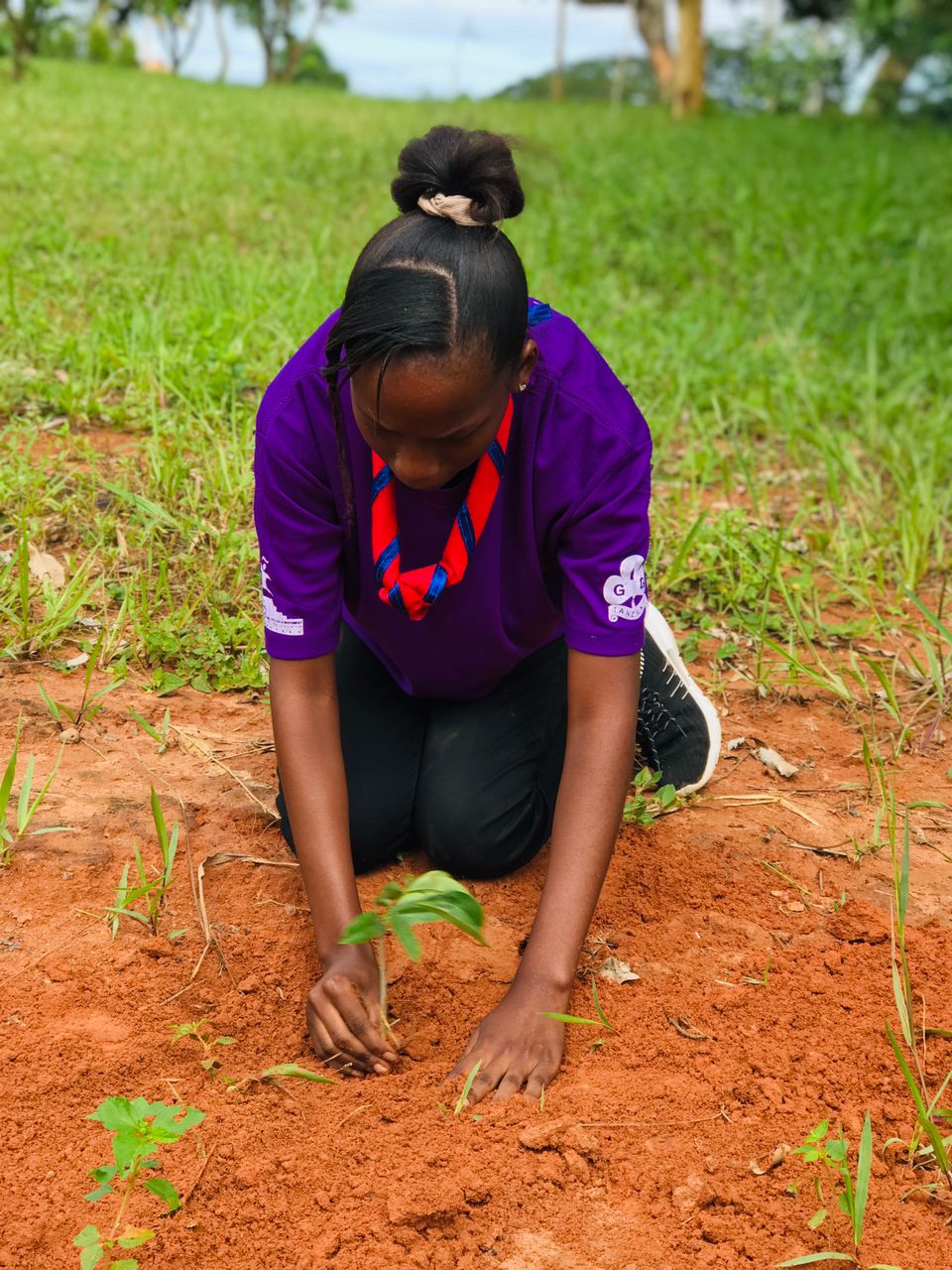
Girls and young women (G&YW) are more resilient to climate change and lead effective mitigation and adaptation actions on climate change with a gender-conscious approach at local, regional, national and international levels.
- Increase awareness of climate-related issues
- Support direct adaptation and mitigation action at the community or national level
- Increase future capacity for women to take leadership roles in climate change response.
- Curriculum implementation- take action;
Girls of different age groups were taught climate change through our climate change curriculums in school by using the non-formal education approach. The project direct reached out to 40,715 girls and young women and 80000 were reached indirectly by sharing the information and skills obtained from the curriculum through take action.
- Community actions projects
It enables the girls to utilize all the learning and critical thinking from the GLACC curriculum and design an ambitious yet practical and achievable solution (initiative or ‘mini-project’) to address a chosen climate issue affecting girls in their community.
- Advocacy champions
Girl Led Action on Climate Change Advocacy Champions: is the component that enables girls and young women to develop an agenda on the challenges of climate change in their communities and present it to decision-makers for action. 20 Girls have been trained and mentored to carry out Advocacy campaigns regionally and nationally and take action on climate change in their respective regions to increase the diversity of voices in the climate debate and contribute to better responses.
In the advocacy champion component, 20 advocacy champions were trained through a WAGGGS girl-led advocacy training that supported them to deliver advocacy campaigns.

